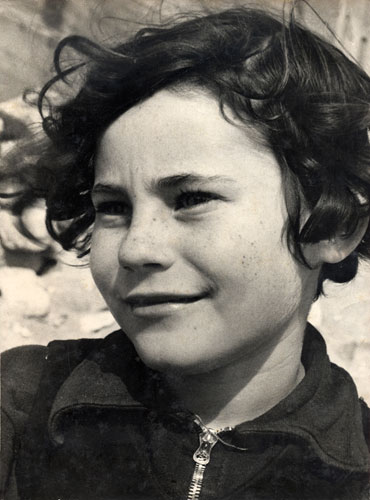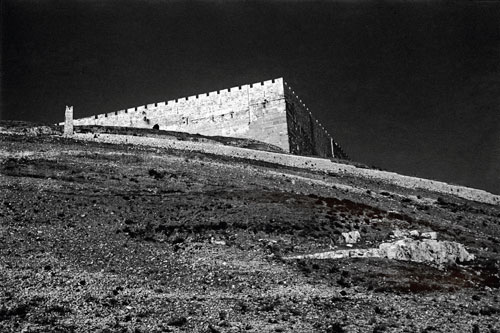| "Women photographers in the private arena, Women Photographers in the Public arena", in Women Artists in Israel , 1920-1970, Markus Ruth (ed.), Hakibutz Hameuchad Publishing House and Tel Aviv University Publishing House, Summer 2008 | | | The chapter deals with women photographers who were active in the years 1920 to 1970 and were excluded from the main discourse. Even though their work was rich and meaningful and some acted from an advanced and pioneering vision, most of them were not part of the artistic mainstream and were forgotten over the years. The chapter attempts to bring together and expose, for the first time, most of the women photographers working in the period, their activities in the field, and their public involvement. It’s important to note that most of the official work in the field of photography in the period discussed was produced by men, and that women photographers operated on the margins of this activity. Also, most of their archives were not preserved, or were destroyed by them or by family members who did not appreciate their importance. This fact, to a large extent, indicates the status of women in society in general and in the field of photography in particular. In addition, photography in that period for the most part was less valued and thus was not researched or exhibited, another factor that contributed to their being forgotten.
The work of women photographers in the decades before the founding of the state, and in the first two decades after it was founded, was varied, multifaceted and difficult to categorize. Some worked in the public sphere with the establishment (for example, in collaboration with national institutions), some worked in the public arena for non-institutional bodies (for example “Bezalel,” The Palestine Professional Photographers Association," commercial photography, portrait photography and book publishers) and some did personal work or “artistic photography.” A number of important and key women photographers were active in the country for only a limited period. The reasons for their departure are not clear, but their short appearance left its mark on the field of photography, even if it was forgotten over the years.
Various women photographers, whose work was groundbreaking, collaborated with different organisations, most non-establishment, or joined photographers organizing to change and influence photography in the country. Lu Landauer, for example, tried to establish a photography department at “Bezalel” in the 1940s, and Liselotte Grschebina was one of the founders of the Palestine Professional Photographers Association, PPPA, and took part in the fight organized by photographers against the propaganda departments of national institutions when they expropriated their rights (for example, the subject of copyright). Ellen Auerbach (Rosenberg), who studied photography with Walter Peterhans (later a photography teacher at the Bauhaus School, Dessau) and opened a photography studio in Berlin with Grete Stern (ringl&pit), worked in Palestine, for a short period, for a women organization and also opened a private photography studio (Ishon).
In addition, there were women photographers whose personal biography, which led them to choose photography as a medium, was exceptional and unique, indicating a rebellious spirit and emotional strength. Thus for example, Zipporah David who rebelled against the traditional, religious, Jewish way of life, adopted a liberal worldview, and fought for her personal freedom and economic independence, and Esther Zametski, who in the mid 1930s, was an activist in a women’s organization for equal rights in Petach Tikva. | | | | To the full text | | |
| | | |  | | Helen Makovsky, Portrait, around 1942-1943, Courtesy of the photographers' family | | |  | | Hannah Degani, Jerusalem, 1938, Courtesy of the photographer | | |
|
|
| |
|
|
|